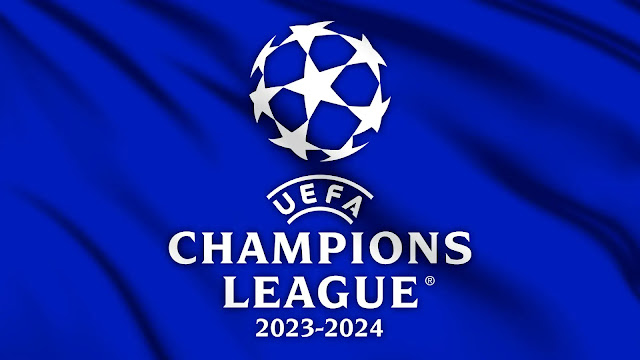The Impact of the Champions League on European Football
Champions League trophy
The Champions League trophy is the most coveted prize in European football. It is awarded annually to the winner of the UEFA Champions League, which is the premier club competition in Europe. The trophy is a symbol of excellence and represents the pinnacle of achievement in club football.
The current trophy, introduced in 1967, weighs 7.5 kilograms and stands at 73.5 centimeters tall. It is made of sterling silver and features a golden UEFA logo at the top. The trophy has a unique design with handles on each side, symbolizing the club's strength and determination to win.
Champions League finals
The Champions League finals are the culminating events of the tournament. They bring together the two best teams from Europe to compete for the coveted trophy. The finals are often highly anticipated and attract millions of viewers from around the world.
The finals are usually held at a neutral venue, selected by UEFA. The chosen stadium undergoes extensive preparations to ensure a memorable and flawless event. The atmosphere is electric, with fans from both teams creating an incredible atmosphere and setting the stage for an epic showdown.
Champions League group stage
The Champions League group stage is the initial phase of the tournament, where the participating teams are divided into groups. The group stage consists of eight groups, each containing four teams. The teams face each other in a round-robin format, playing both home and away matches.
Only the top two teams from each group advance to the knockout stage of the competition. The group stage is highly competitive, with clubs from different leagues battling it out for a spot in the next round. It is where some of the most exciting and memorable matches take place.
Champions League format
The Champions League format has evolved over the years to ensure fairness and competitiveness. Currently, the format consists of several stages:
- Qualifying rounds: Before the group stage, teams from lower-ranked leagues compete in qualifying rounds to secure a place in the tournament.
- Group stage: As mentioned earlier, the 32 teams are divided into eight groups of four, with the top two teams from each group advancing to the knockout stage.
- Knockout stage: The remaining 16 teams compete in a two-legged knockout format, with the aggregate score determining the winner.
- Quarterfinals, semifinals, and final: The eight remaining teams battle it out in a series of knockout matches until the two finalists emerge and compete for the trophy in the final.
This format ensures that the best teams progress in the competition and provides plenty of opportunities for drama and excitement.
Champions League history
The Champions League has a rich and storied history, dating back to its inception in 1955. Originally known as the European Champion Clubs' Cup, the tournament aimed to determine the best club team in Europe. Over the years, it has grown in popularity and stature, becoming one of the most prestigious competitions in the world.
Notable moments in Champions League history include Real Madrid's dominance in the early years, winning the tournament five times in a row between 1956 and 1960. The introduction of the current trophy in 1967 brought a new level of prestige to the competition.
More recently, memorable finals and upsets have captivated football fans worldwide. The "Miracle of Istanbul" in 2005, where Liverpool came back from a 3-0 deficit to defeat AC Milan in a penalty shootout, remains one of the most remarkable comebacks in football history.
UEFA football rankings
UEFA football rankings play a crucial role in determining the participants and seedings in the Champions League. The rankings are based on the performance of clubs in European competitions over a certain period of time.
The higher a club's ranking, the better chance they have of receiving a favorable draw in the competition. This ranking system ensures that the best teams are rewarded for their consistency and success in European competitions.
Champions League revenue
The Champions League generates significant revenue for UEFA and the participating clubs. The revenue comes from various sources, including broadcasting rights, sponsorships, ticket sales, and merchandise.
The broadcasting rights for the Champions League are highly sought after, with major networks and streaming platforms competing for the rights to broadcast the matches. This lucrative deal ensures that the tournament reaches a global audience and generates substantial revenue.
Furthermore, sponsorships from leading brands contribute to the financial success of the Champions League. Sponsors recognize the tournament's wide appeal and the opportunity to align their brand with the prestige and excitement of European football.
European football competition
The Champions League is undoubtedly the most prominent and prestigious European football competition. It brings together the best clubs from various leagues, providing a platform for thrilling matches and intense rivalries.
European football enthusiasts eagerly await the tournament each year, knowing that they will witness the highest level of football played on the continent. The Champions League has established itself as a symbol of excellence and has a significant impact on European football as a whole.
From the group stage to the final, the Champions League showcases the best of European football and captivates fans across the globe. The tournament's rich history, iconic moments, and fierce competition make it a spectacle that will endure for generations to come.

